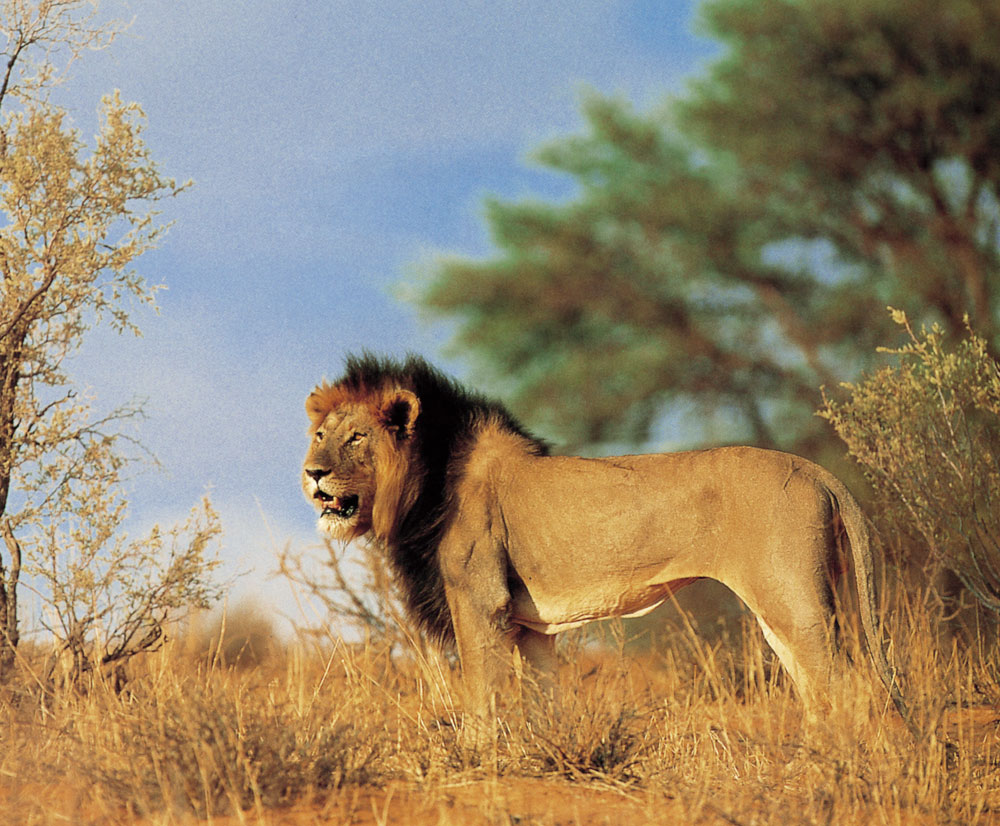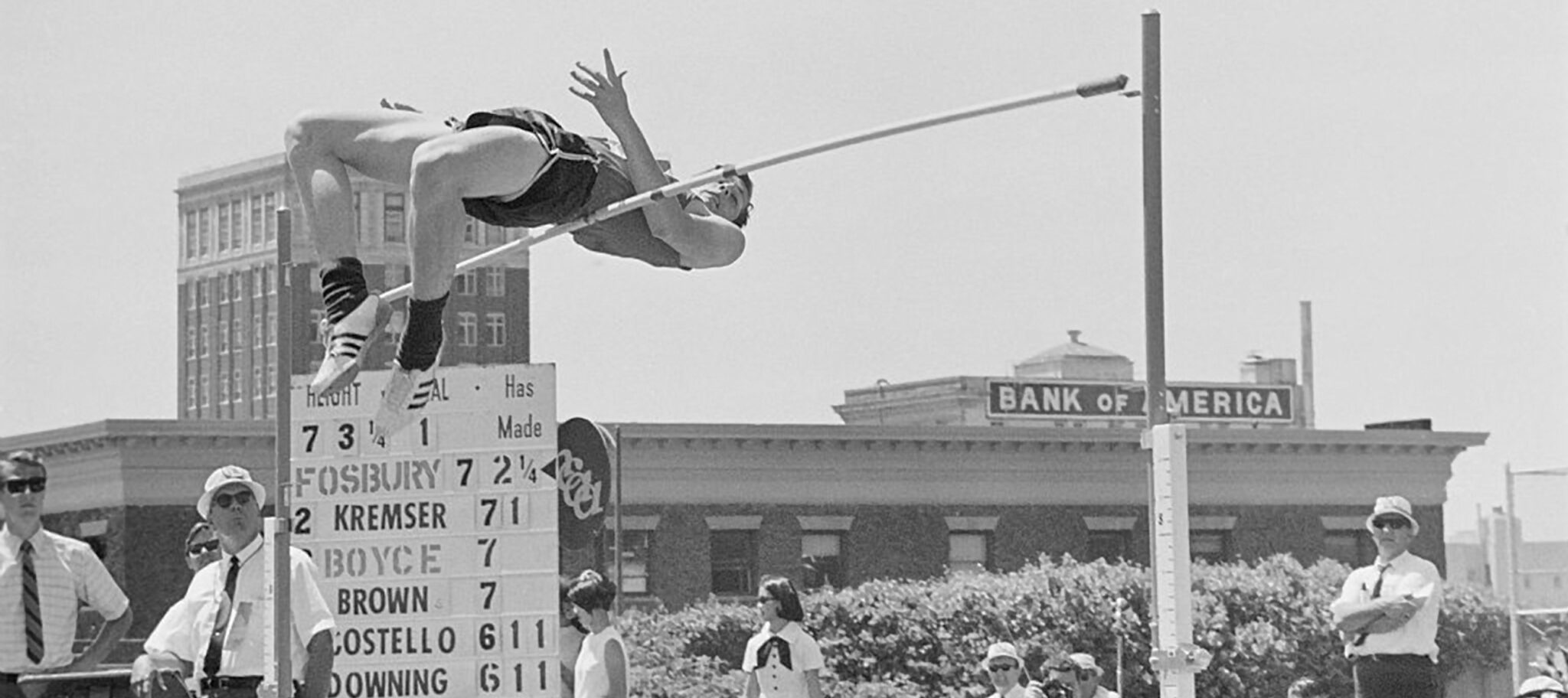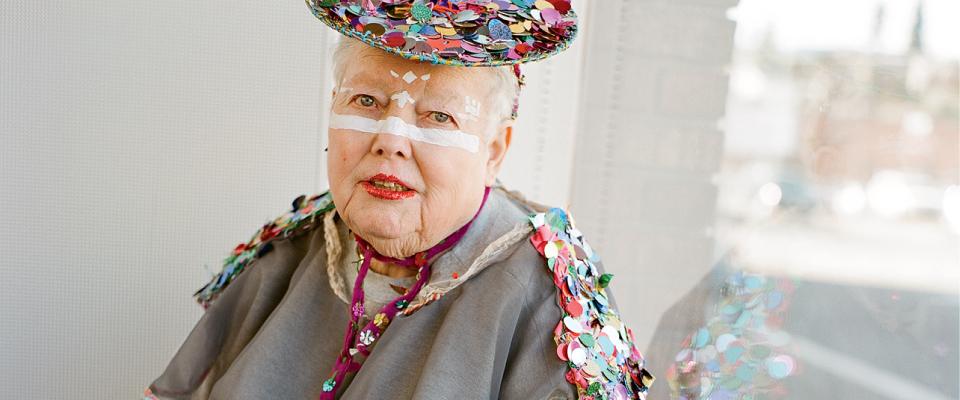It may not say so on the cover, but the organizing theme of this issue is creativity—what it is, how it works, what it says about us as human beings.
Here’s one way creativity works: You set out to make one thing and end up making something else entirely. Take my piece in this issue. It was going to be a feature all about the Led Zeppelin song “Babe, I’m Gonna Leave You” and its surprising Berkeley origins. It was supposed to include interviews with people directly involved in the story while also delving into the niceties of copyright law and philosophical distinctions between artistic influence and outright theft. Alas, the research hit one dead end after another, and so I had to get, well, creative. The result is a “playlist” of songs complete with “liner notes” that tell stories (including the one about “Babe, I’m Gonna Leave You,” albeit in capsule form) which say something about creativity and about the campus’s musical roots. See “Berkeley on the Jukebox,” page 38.
As it happens, creativity was once the main focus of study at Berkeley’s Institute of Personality Assessment and Research, now called the Institute of Personality and Social Research. In the mid-20th century, former spy tester Donald MacKinnon and his fellow Berkeley psychologists at IPAR put some of the greatest architects, writers, and mathematicians under the microscope, as it were, to see what lessons might be drawn about the nature of the creative mind. See “Inside the Fishbowl” for more on that work.
Of course, true creativity goes beyond putting together a magazine. In its highest form, creativity is the production of something that is both effective and completely original. We generally think of it in terms of art, but it exists in all walks, including business, science, technology, even athletics. Consider the case of high jumper Dick Fosbury, inventor of the Fosbury Flop. While everyone else was straddle-kicking over the bar, Fosbury decided to try going over headfirst, belly-up. Despite discouragement from his coaches, Fosbury forged ahead to win Olympic gold in 1968, and the high jump was changed forever.
Fosbury didn’t go to Cal, I should hasten to add. He competed for Oregon State, in what was then the Pac-8, predecessor to the Pac-12, which collapsed somewhat spectacularly last August. When the dust settled, the erstwhile “Conference of Champions” had dwindled to just four teams, and Cal was forced to scramble to find a new home. It wound up all the way across the country, in the Atlantic Coast Conference. For more on how that came to pass and what it means for the future, see “Things Fall Apart,” by California’s Margie Cullen, M.J. ’22, herself a former Cal athlete.
That’s not the only story in these pages about destruction and its aftermath. When convicted terrorist (and former Berkeley instructor) Ted Kaczynski died in prison in June, I was reminded of a haunting, otherworldly photo of his cabin hideout. Only after searching online did I learn that it was taken by Berkeley alum Richard Barnes ’79, who was on assignment for the New York Times Magazine. California’s Leah Worthington talked to Barnes about how he approached such a fraught subject and how his images became not just reportage, but high art. Find “Shooting the Cabin” here.
Finally, we could not do an issue on creativity at this particular moment without a story about artificial intelligence. After ChatGPT was given broad release last year, the public was torn between amazement that AI could write essays and create art and dread that it might destroy us—or at least take our jobs away.
Berkeley Professor Ken Goldberg, an artist, roboticist, and AI researcher, is in the former camp. While he once thought AI would never be creative, he told a gathering of tech insiders last spring that he’d been wrong. “We now have something that is a form of artificial creativity, for the first time. And I’m very excited about that.” For more on Goldberg’s optimistic outlook, read his interview with contributor Coby McDonald, M.J. ’17.
In closing, it’s important to note that many experts are far less sanguine about the technology than Goldberg is. Last May, hundreds of AI scientists, including several from UC Berkeley, signed a one-sentence statement issued by the San Francisco–based Center for AI Safety that read, “Mitigating the risk of extinction from AI should be a global priority alongside other societal-scale risks such as pandemics and nuclear war.”
One of the Berkeley signatories is Professor Stuart Russell, who heads the university’s Center for Human-Compatible Artificial Intelligence. On March 28, I’ll be talking with him about the nature of the existential risks posed by AI at the Berkeley Art Museum and Pacific Film Archive as part of our California Live! series.
We’ll be back to you in print in June. In the meantime we’ll be publishing new stories online on a regular basis. To keep up with the latest, sign up to receive our monthly Telegraph newsletter (check the box marked California Magazine). And thanks, as always, for reading.





















